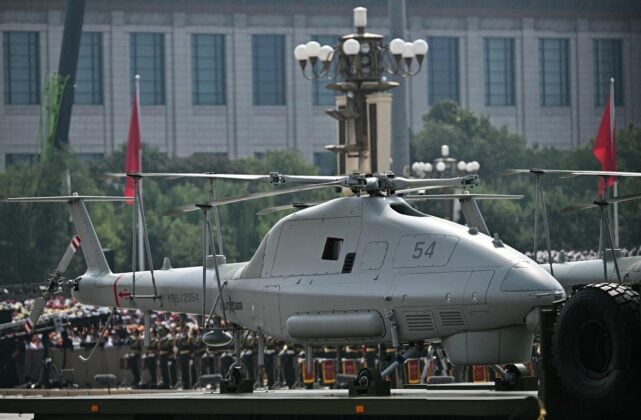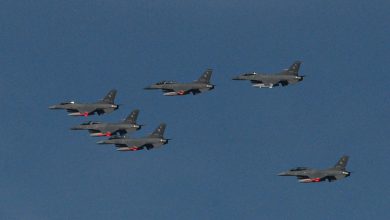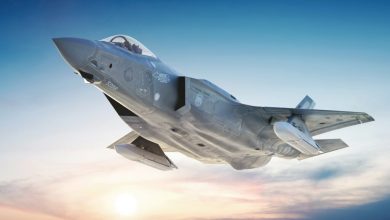China shows naval unmanned helicopters

China has presented its newest shipborne unmanned helicopters during a military parade, revealing a system described as capable of reshaping future naval combat.
The aircraft, domestically developed and already in service with the Chinese Navy, were highlighted in a recent broadcast by China’s CCTV7.
According to information released at the parade, the unmanned rotary-wing vehicles can conduct “stealthy launches, wide-area coverage, and autonomous coordination, pioneering new concepts for future naval combat.”
The systems are designed to operate from both land and sea platforms and can perform missions ranging from battlefield reconnaissance and surveillance to precision strikes.
The aircraft are said to be based on the previously introduced AR-2000 unmanned helicopter developed by CATIC.
Chinese sources emphasized that the helicopters can carry a variety of short-range air-launched missiles. By integrating weapons onto a vertical takeoff and landing drone platform, the People’s Liberation Army Navy gains the ability to deploy strike systems from ships that might otherwise lack the capacity to host large aircraft.
In a television report, CCTV7 confirmed that the new system has already been fielded by China’s Navy, underscoring the pace of deployment. The report portrayed the drones as an operational capability rather than an experimental program, pointing to their integration into the fleet.
The use of unmanned helicopters for reconnaissance and strike roles reflects broader trends in naval modernization. By adopting shipborne rotary drones, China joins a small number of militaries developing such systems for maritime operations. These platforms extend surveillance horizons and give commanders new tools for precision engagement, particularly in contested environments where manned helicopters would face higher risk.
The AR-2000, on which the new design is reportedly based, was first displayed in earlier defense exhibitions as a large rotary-wing unmanned aerial vehicle with endurance for extended patrols.
The debut of the shipborne unmanned helicopters reflects both technological progress and strategic intent. By placing them in service and displaying them publicly, China is sending a message about its determination to integrate unmanned systems into the future of naval warfare.





